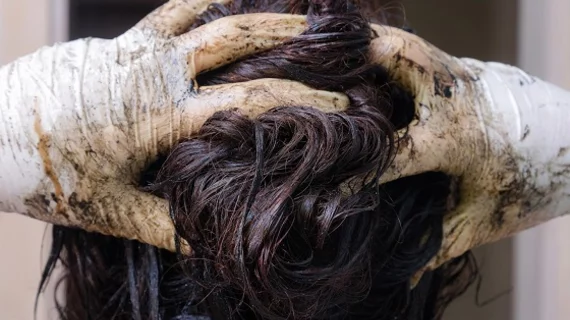Permanent hair dyes may increase breast cancer risk by as much as 60% for some women
Using permanent hair dyes or chemical straighteners may increase some women’s chance of developing breast cancer by upward of 60%, according to a new study.
Researchers with the National Institute of Environmental Health Sciences (NIEHS) recently made that discovery by analyzing data from almost 47,000 individuals. Their results—published Wednesday, Dec. 4, in the International Journal of Cancer—may add some credence to a long-held theory.
"Researchers have been studying the possible link between hair dye and cancer for a long time, but results have been inconsistent," author Alexandra White, PhD, head of the NIEHS Environment and Cancer Epidemiology Group, said in a statement. "In our study, we see a higher breast cancer risk associated with hair dye use, and the effect is stronger in African American women, particularly those who are frequent users."
Scientists derived their findings using data from the Sister Study on U.S. women between the ages of 35 and 74 whose siblings had breast cancer. White and colleagues deduced that those who regularly used permanent dyes in the year prior were 9% more likely to develop breast cancer than those who did not. That number leapt to 60% for black women using dyes every five to eight weeks, compared to just 8% for their white counterparts.
Temporary or semi-permanent dyes did not appear to have the same effect. However, women who use chemical hair straighteners every two months or less were 30% more likely to develop breast cancer, with black women more frequent users of such products.
The results are eye-opening, but authors said they still need to replicate them in further trials. They’re not telling women to stop coloring their hair, just yet.
"We are exposed to many things that could potentially contribute to breast cancer, and it is unlikely that any single factor explains a woman's risk," White said. "While it is too early to make a firm recommendation, avoiding these chemicals might be one more thing women can do to reduce their risk of breast cancer."

